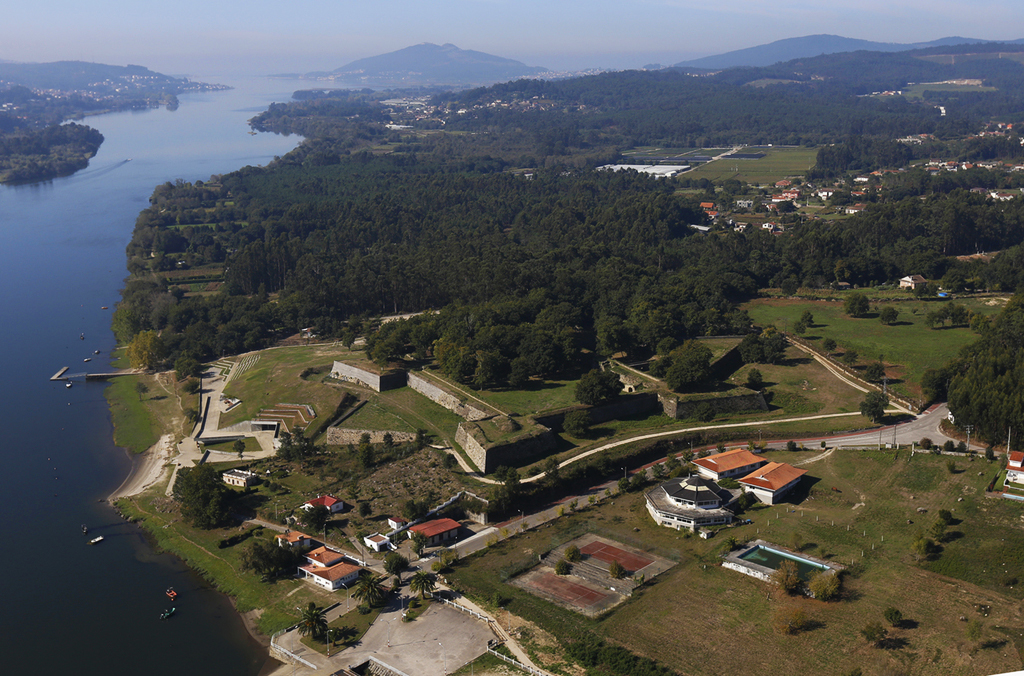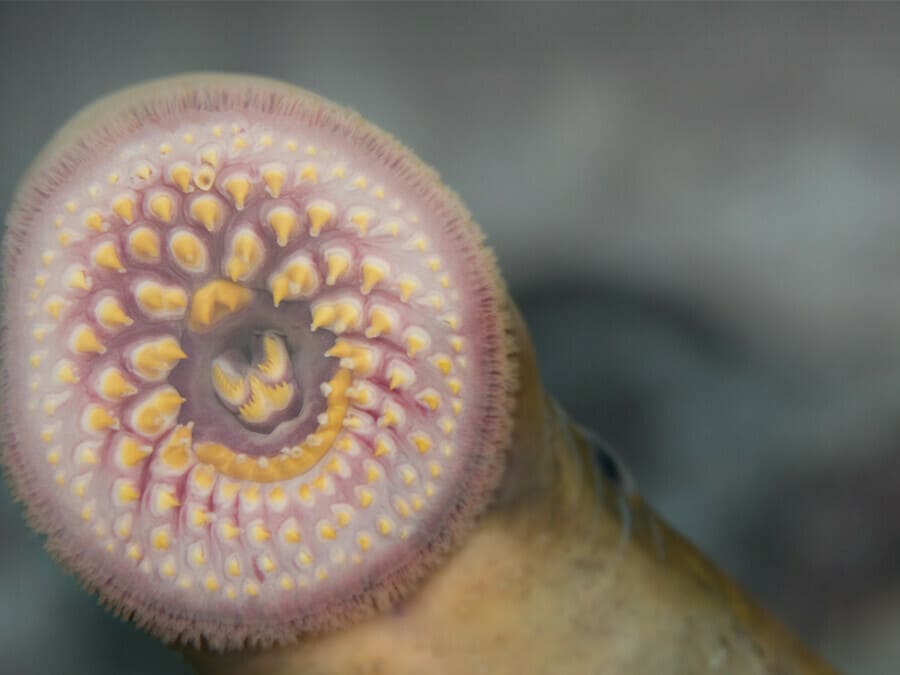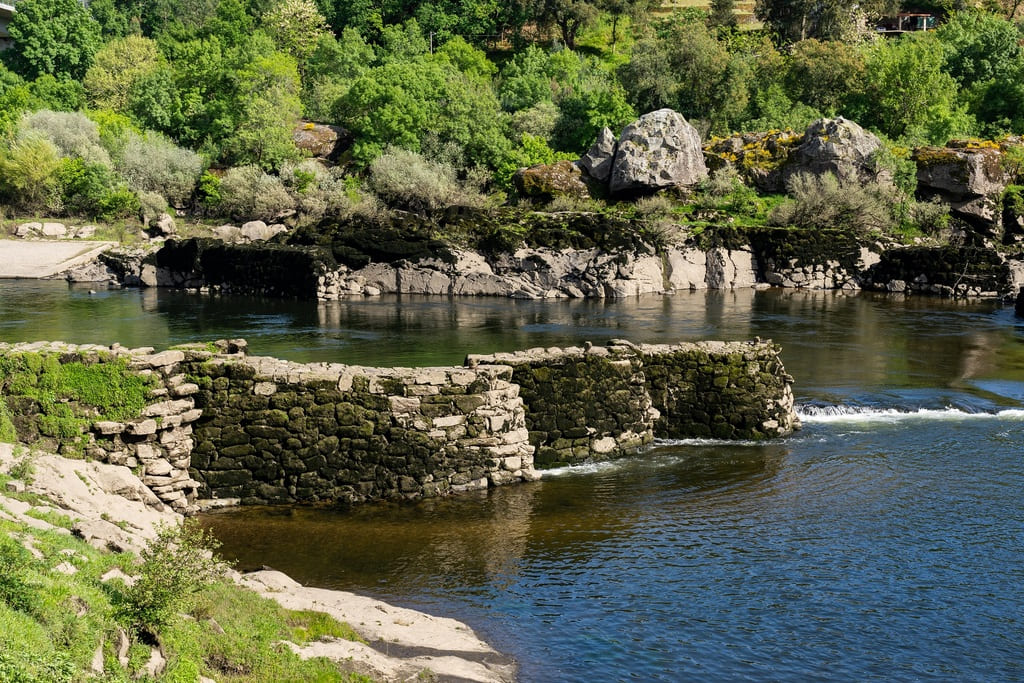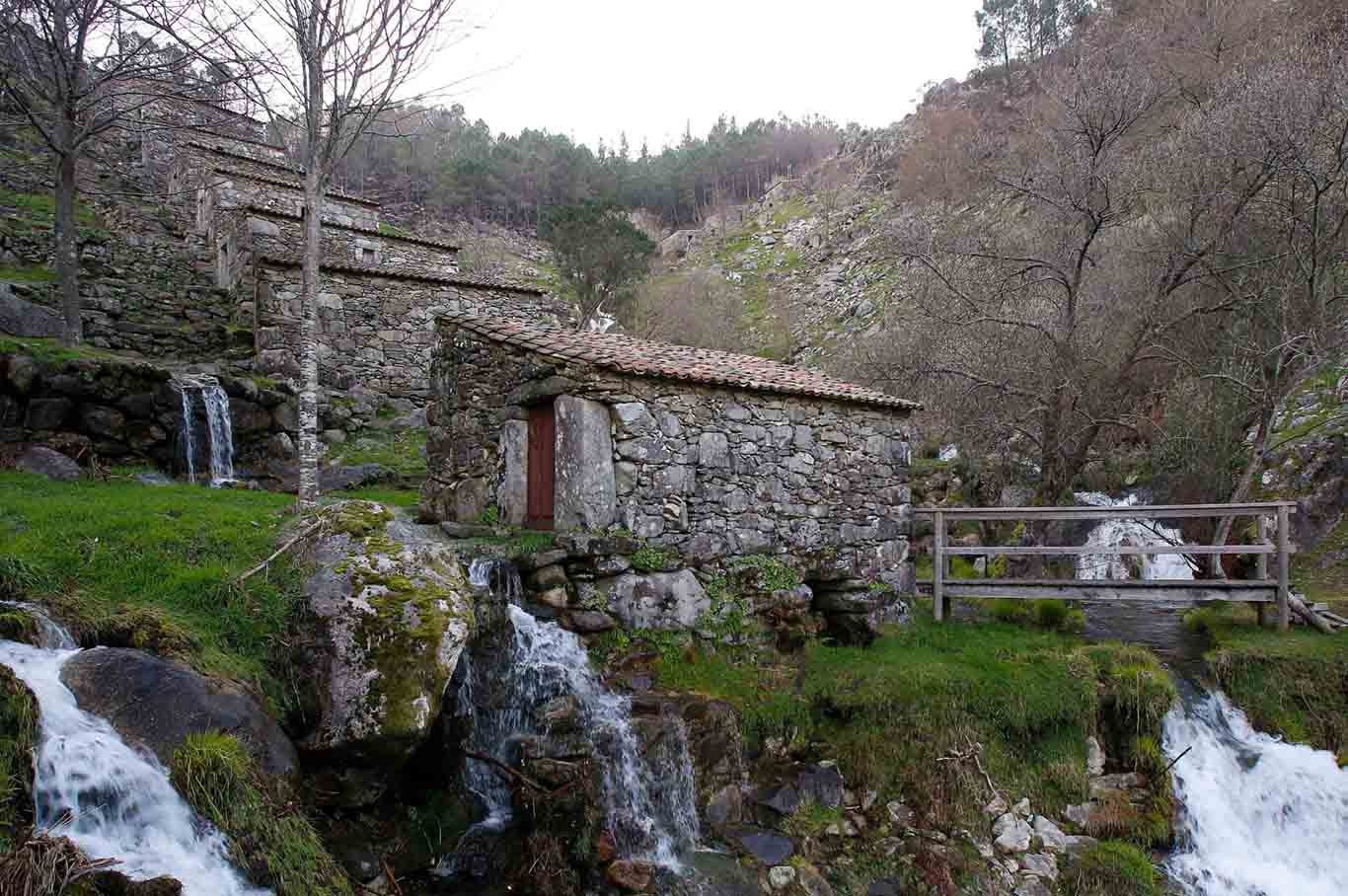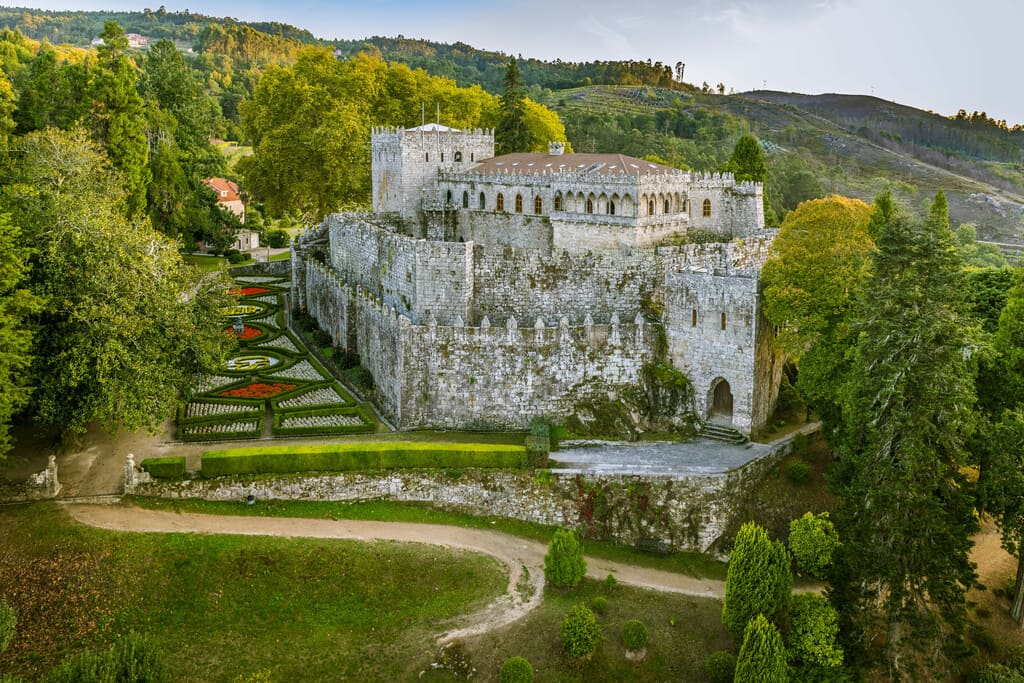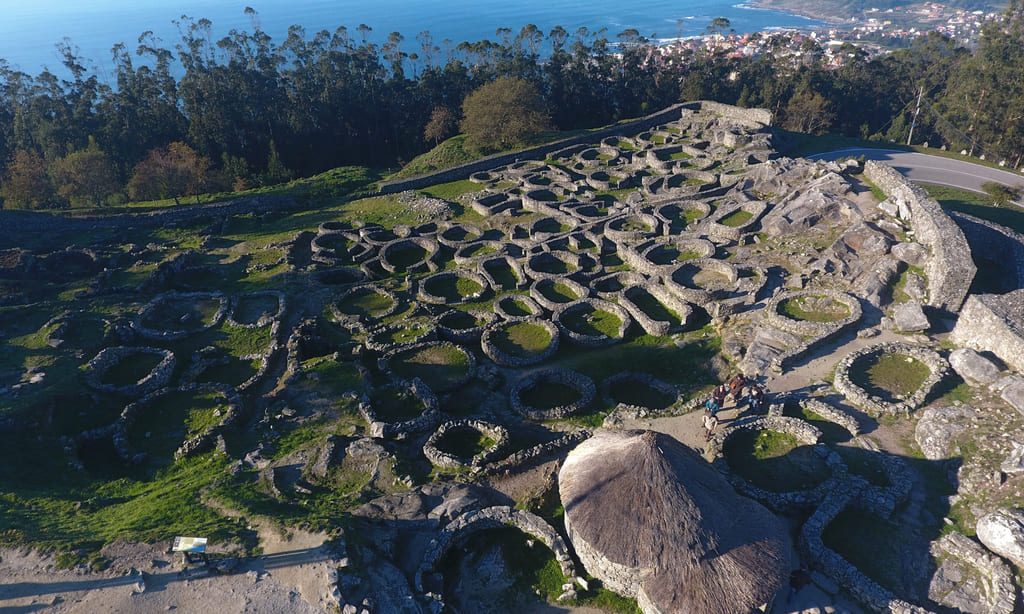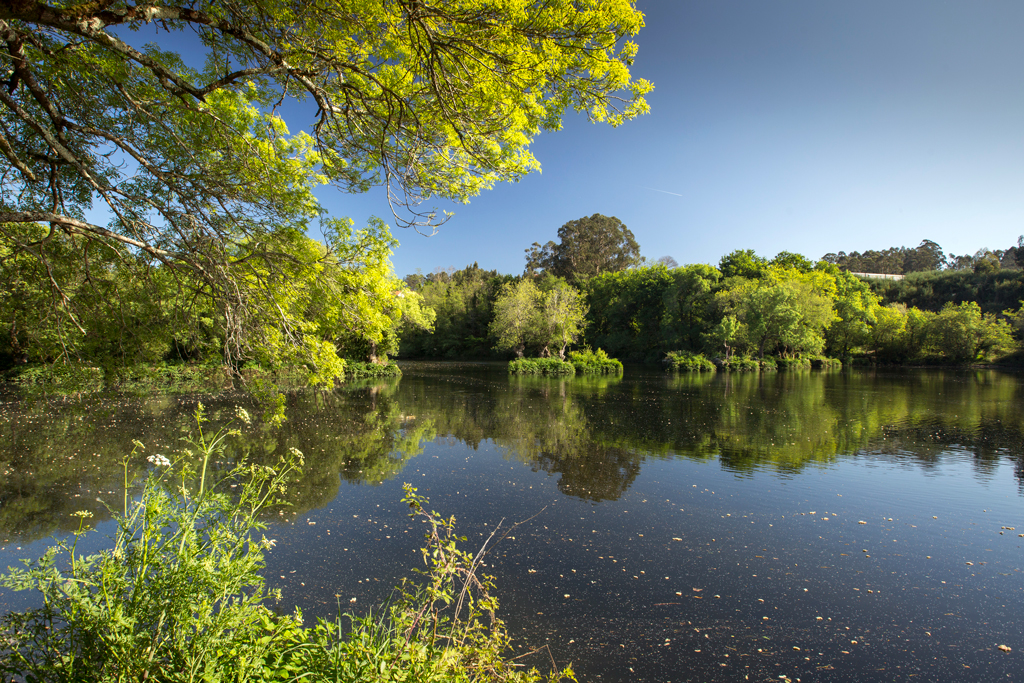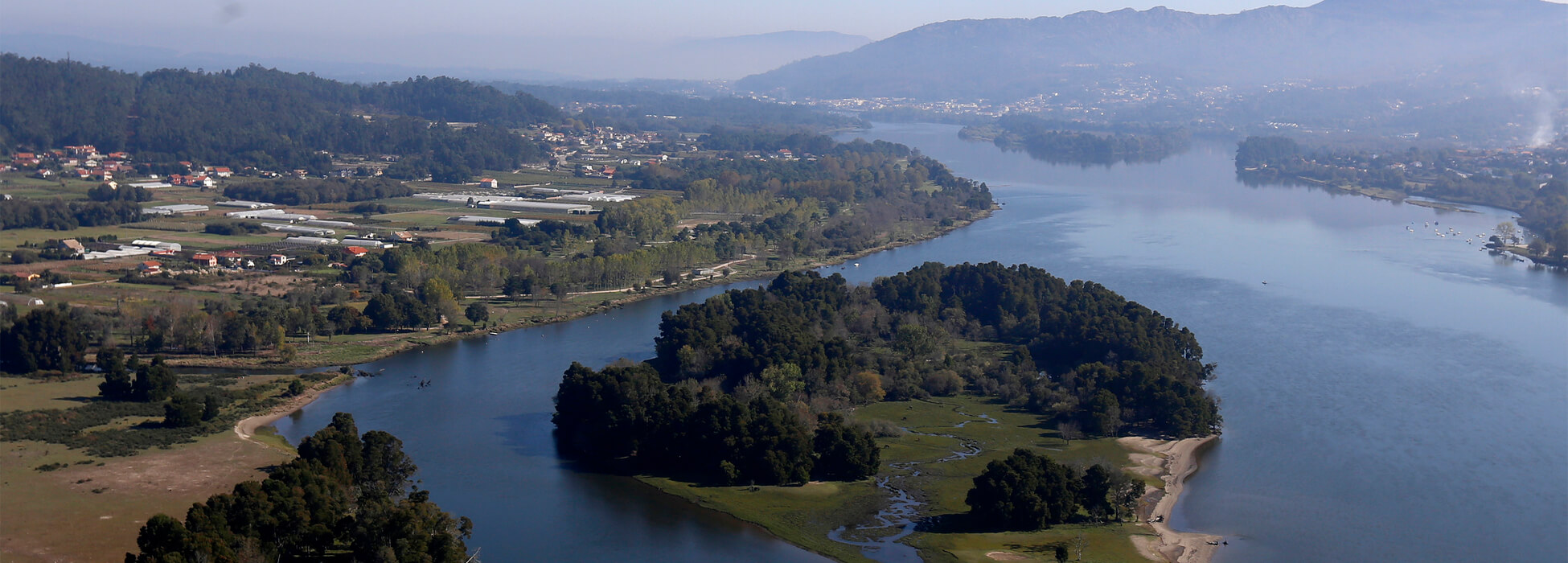
On the banks of the Miño River
The estuary of the largest river in Galicia is the starting point of an exciting freshwater journey in the southern part of the province of Pontevedra, where archaeology, heritage and landscape are perfectly combined.
The first stop on your route along the banks of the Miño River is the fishing town of A Guarda. Its magical mountain, Santa Trega, the most emblematic archaeological site in Galicia, offers stunning views over the river and the Atlantic Ocean.
The architecture of the houses, the port, the seaside promenade and the Museum of the Sea, are proof of the bonds that this town has had with the sea. The town of A Guarda is also the starting point of the Portuguese Coastal Way to Santiago de Compostela in Rías Baixas.
don't miss...
- Santa Trega Hill (A Guarda)
- Mills of O Folón and O Picón (O Rosal)
- Fortress of Salvaterra de Miño
- Pesqueiras in Arbo
After leaving behind A Guarda, you reach O Rosal, a paradise for wine and hiking lovers. It is worth visiting the mills of O Folón and O Picón, declared Heritage of Cultural Interest, and its wineries, which produce the renowned wines under the Designation of Origin Rías Baixas.
The town of Tomiño, your next stop, has been the setting of historic battles between Spain and Portugal in the majestic Fortress of Goián and the Tower of Tebra. The petroglyphs at the Tetón Hill are good examples of our historical heritage. Then you will move on from Tomiño to Tui. This town is the Galician gateway to Santiago de Compostela if you start the Way in the south. One of its must-visits is the Cathedral of Santa María and the historic quarter. The Natural Park Aloia Hill, also in Tui, is a perfect viewpoint to the River Miño.
A Guarda’s gem
Santa Trega Hill combines important archaeological, landscape and religious elements. Its original settlement, which dates back to the 4th century BC, is considered one of the greatest examples of the castro culture in the north-west of the Iberian Peninsula. At the top of the mountain, after a stroll through its circular houses, it is recommended to visit the Archaeological Museum of Santa Trega (MASAT) and its majestic shrine. From here, the views are outstanding.
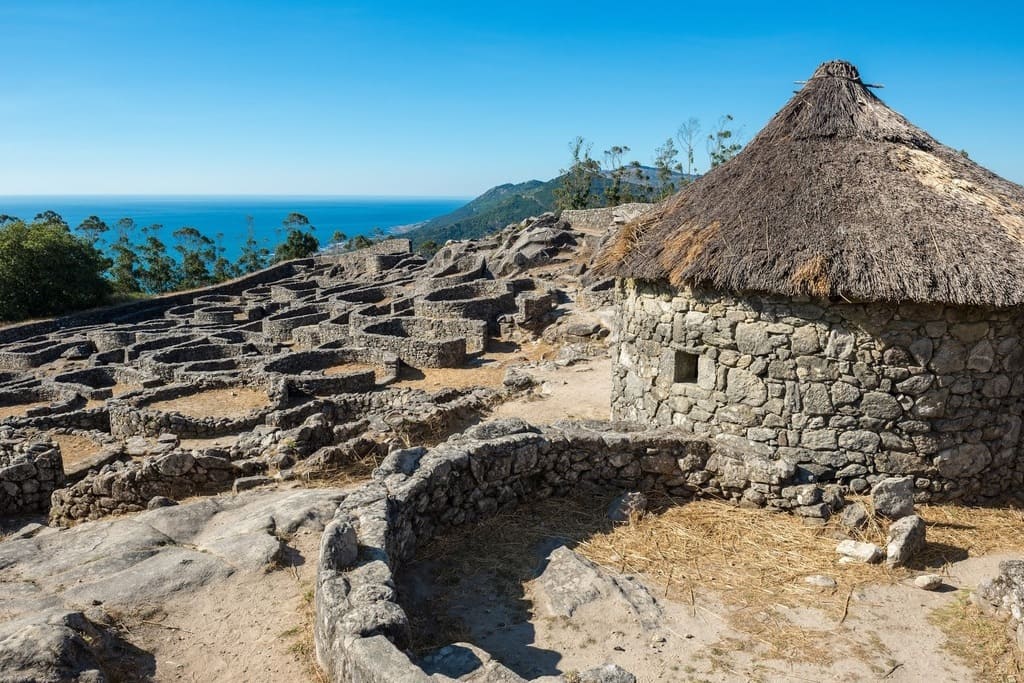
We enter the town of Salvaterra de Miño, the next stop of our route. The fortress of the town used to protect the Church of San Lourenzo and the caves of Queen Urraca. The river path in this town extends up to the medieval bridge of Fillaboa. On Monte Castelo, inside a rock cave, is the shrine of A Asunción.
Lamprey, a vampire in the river and a delicacy on the table, is captured in the Miño River since Roman times, in stone constructions known as pesqueiras
Your steps that will take you to As Neves, a small town with beautiful spots as the Fishermen’s path, which starts at the river beach of Santa Mariña.
The Church of Santa Marta de Ribarteme is very popular for its procession, where devotes and those who suffered or are suffering a severe disease are carried inside coffins so as to be cured or to express their gratitude to the Virgin when they recover.
CENTRE ARABO
Lamprey and wine are popular in the town of Arbo, the seventh town in our route. The interpretation centre Arabo and the pesqueiras, typical constructions that are used to catch the lamprey are an invitation to get to known the culture of this town.
Fortresses as the Tower of Fornelos, the manor house Pazo da Fraga or the shrine of A Virxe do Camiño, and beautiful spots like the hill Alto de Guillade, all of them in Crecente, round off our trip.








